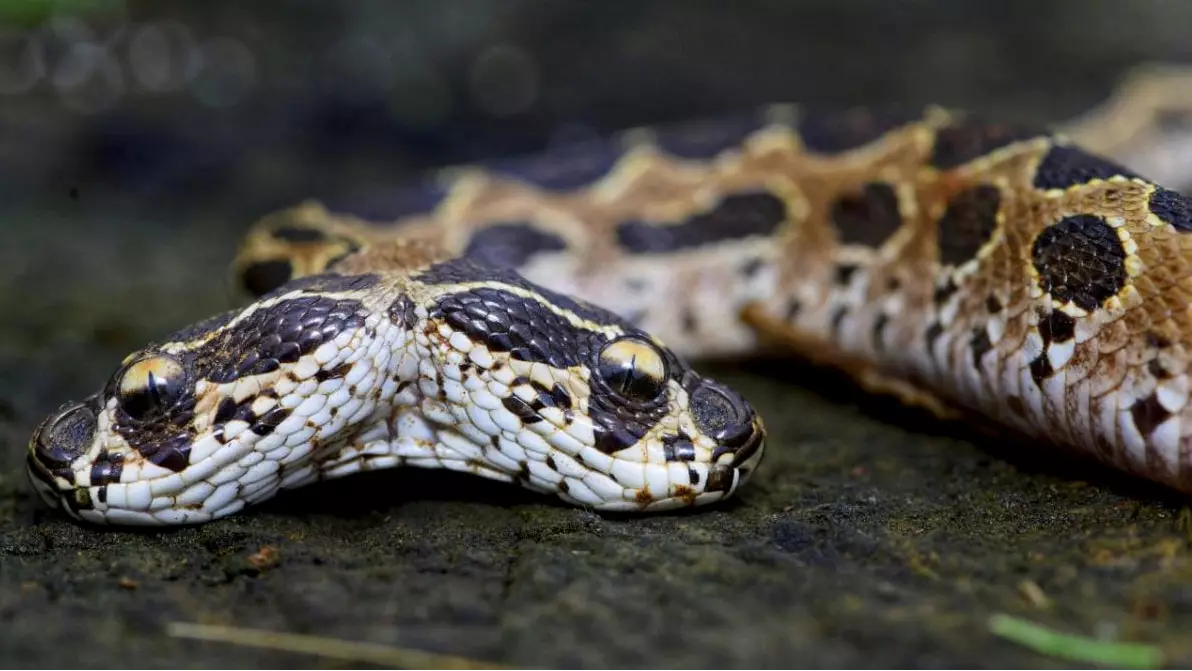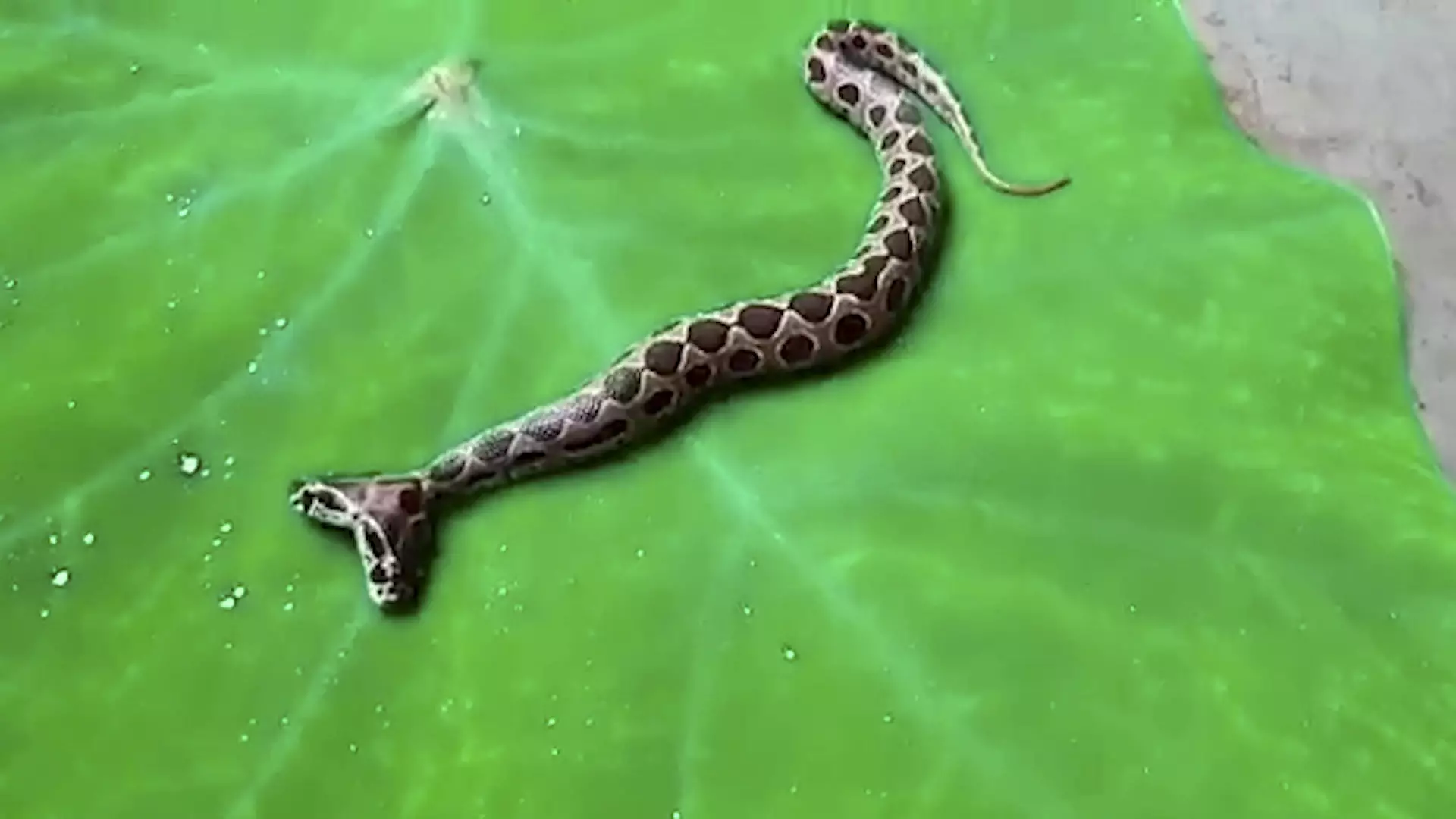
A super rare two-headed snake has been discovered in India.
The unusual creature was found in Maharashtra last week and although it measures just 11cm, it is one of the deadliest in the country.
Advert
The Russell's viper was spotted outside a residential building and authorities were called to the scene to take it away. It's now at a specialist facility.
The team who took the snake said in a statement: "The snake is alive and being kept in safe environment. Due to the Forestry Department protocol, we can't disclose the location of snake right now."
Indian Forest Services officer Susanta Nanda said: "The two-headed Russell's viper was rescued in Maharashtra.
"The Russell's viper is far more dangerous than most poisonous snakes because it harms you even if you survive the initial bite."

The Russell's viper one of the most dangerous snakes and accounts for 'thousands of deaths each year', according to the University of Michigan.
Advert
Anyone unfortunate enough to get bitten by one could face numerous nasty symptoms including pain, vomiting, dizziness and kidney failure.
But despite being deadly, this two-headed snake could be vulnerable out in the wild as the abnormality causes complications.
According to experts, each head has its own ideas for survival, which can lead to problems when it comes to food.
Advert
Two-headed snakes are thought to occur in the same way as conjoined twins - with one developing embryo splitting part way.

Yesterday, brand new snaps of a rare two-headed Greek tortoise were shared to mark his upcoming 23rd birthday.
Janus is thought to be the oldest of his kind, as two-headed animals tend to die younger, but this little chap is thriving in the new photos shared by Museum of Natural History in Geneva, Switzerland.
Advert
He lives at the museum and is a hit with visitors.
The team at the museum have credited Janus' long life to his strict routine, which includes daily baths, weekly UV sessions, a diet of lettuce and tomatoes and no sexual activity. Call that living?
In the new pictures the adorable tortoise can be seen tucking into some colourful lettuce with both heads getting in on the action.
Featured Image Credit: SWNSTopics: World News, Animals